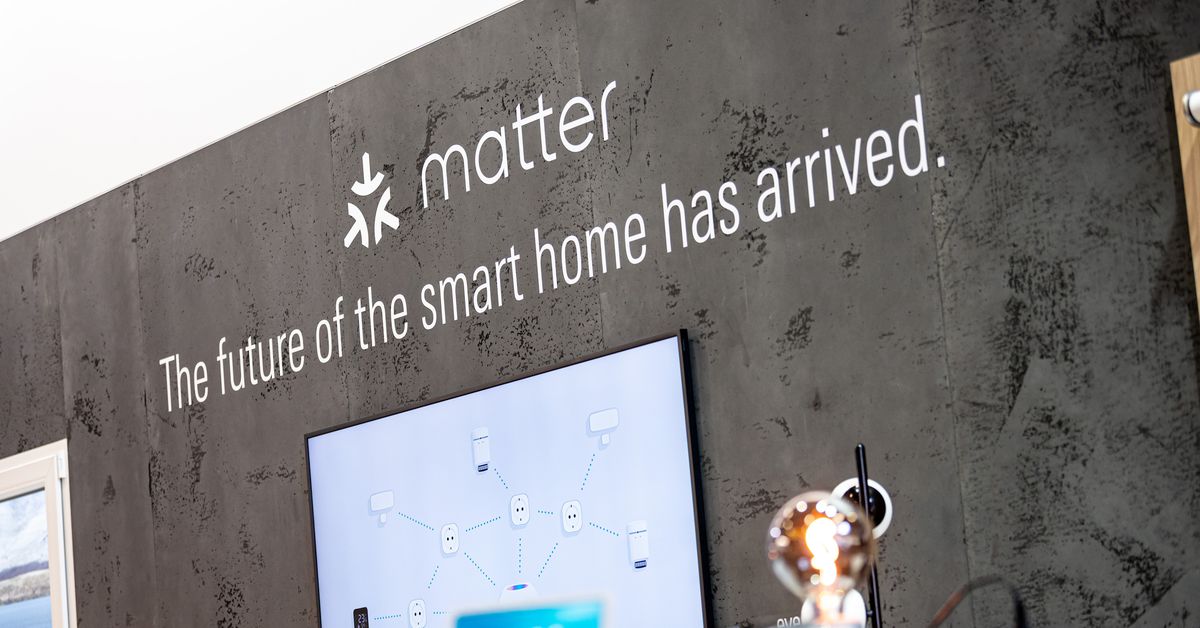- cross-posted to:
- technology@beehaw.org
- technews@radiation.party
- cross-posted to:
- technology@beehaw.org
- technews@radiation.party
A year ago at Berlin’s IFA tech trade show (think European CES), Verge reporter Jon Porter witnessed a Google Nest Hub control an Apple HomeKit smart plug. This “lightbulb moment for the smart home” was the first public demonstration of Matter. The new smart home standard is designed to fix the biggest issue facing tech in our homes: interoperability, and witnessing two fierce competitors in the space working together was exciting. Twelve months later, on the eve of IFA 2023, we’re still waiting for that lightbulb to turn on across the industry.
The smart home remains fragmented. Despite being developed by the biggest names in the industry — Amazon, Apple, Google, Samsung, and more — Matter has yet to deliver on its main promise. You still can’t just buy a smart light bulb, screw it in, and have it work with every other smart light you have (no matter who made it) and with any ecosystem you want.
Today, if you want the full benefits of home automation, you still need to pick a smart home platform and largely stay within its walled gardens unless you want to tinker with more hardcore DIY options involving Raspberry Pis.
But trade shows like IFA, which kicks off this week, are about tomorrow. And I’m hoping the future that’s on display at this year’s show is more connected and less fragmented than what we’ve seen from the smart home so far.
…
Or what about SwitchBot’s new robot vacuum and mop, which will not only refill itself with water directly from your water lines but can take that water to a humidifier to fill it up, removing another boring chore from your To-do list? The company also tells me it has plans to use the robot’s battery as a roaming charger for different household products.
If this works, it could make for a device that you can delegate chores to entirely, rather than needing to supervise, and it’s not hard to imagine a future where this charging functionality could even take over chores relating to other gadgets like charging smartphones or wireless air purifiers.


